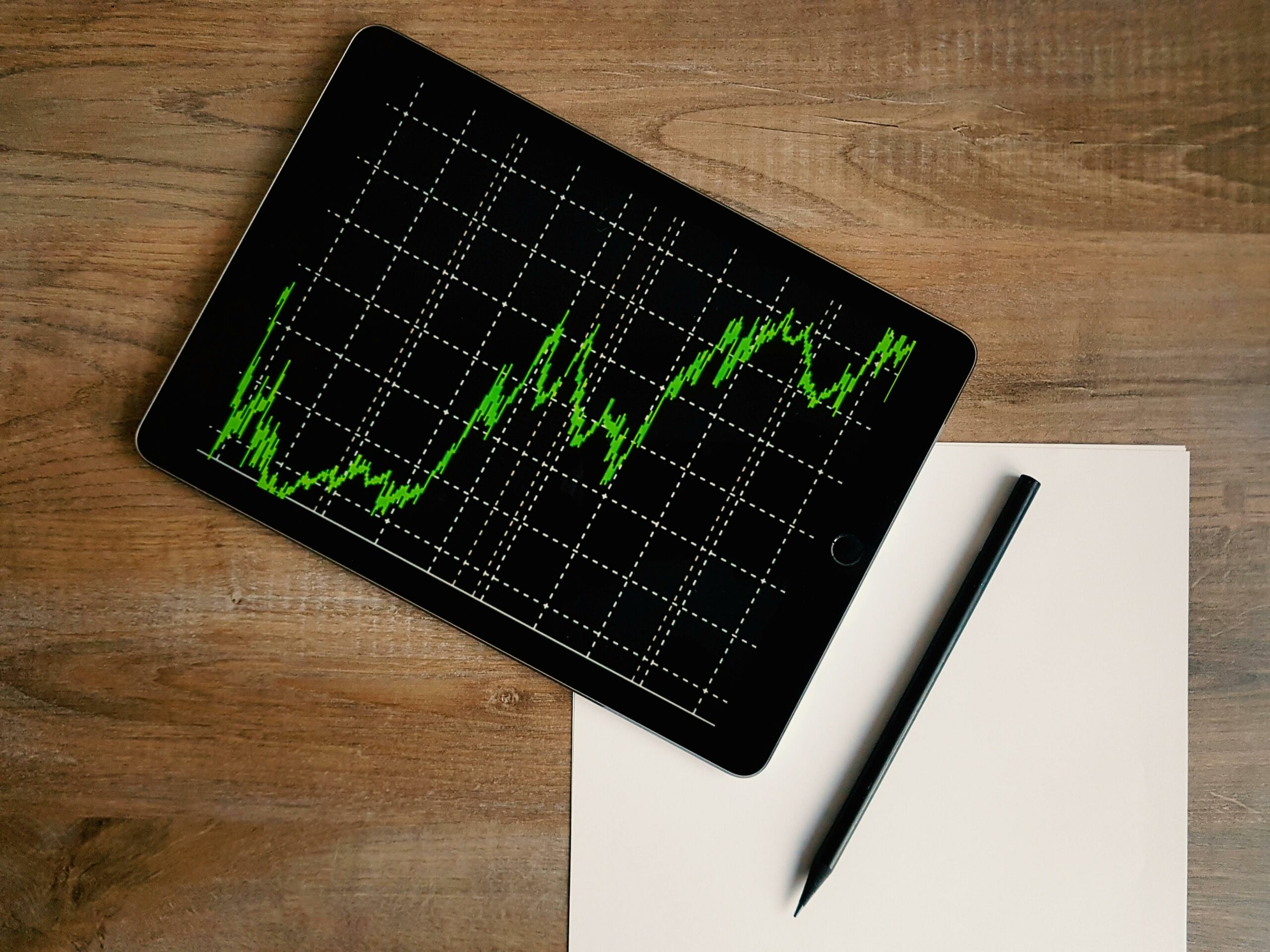After spending the last two months discussing how boring the markets have gotten this summer, we should have known things were going to change at some point. Be careful what you wish for.
You know what happened in just the last 2 weeks – an assassination attempt on former President Trump, the withdrawal of President Joe Biden from the presidential race, and the likely entry by Vice President Kamala Harris to replace him. As you might expect, the market had a wild month – both the S&P and NASDAQ sold off heavily before recovering.

*You might notice we added IWM, the small company index, to the chart this month. More to come on that.
What you might not expect is that the volatility we saw in the markets in July really wasn’t related to politics. We had planned to do a deep dive into how election outcomes have impacted stock prices but the market action this month does a better job explaining this than any chart we can produce.
You might have expected the market to sell off after the disastrous debate that President Biden had in late June, with the presidents’ health becoming a concern. It didn’t.
US Stock Futures, Dollar Rise after Biden-Trump Debate
The market must have sold off after the assassination attempt, right? Nope.
Historically, an assassination attempt causes selling in the market, but many other factors today are driving stocks’ performance, such as the artificial intelligence boom and recent progress against inflation.
But in a break with that pattern, the stock market is seemingly shrugging off political division and violence in 2024, even as researchers warn of escalating threats and attacks becoming increasingly normalized.
Stock Market Shrugs Off Trump Assassination Attempt, Bucking Historical Norms
And how about the response after Joe Biden dropped out of the race? Stocks were up across the board.
Global Markets Close Higher Amid Upheaval in US Presidential Race
We’ve written about this before, but 2 things matter above all else when it comes to stock prices – the growth of corporate earnings and the actions of the Federal Reserve. The President (and Congress) can enact economic policy that impact earnings on the margin (the Trump tax cuts, Biden’s infrastructure bill). But the direction of corporate earnings and the actions of the Federal Reserve matter much, much more than politics.
We got confirmation of that this week. Here’s analyst Jim Bianco the morning after the debate:
So, what does this mean for markets?
We have argued the winner of the presidency does not matter for markets (but it matters for non-economic things like war, migration, social policy, etc.).
See the markets right before the NYSE opening and the release of PCE.
* S&P futures up 0.3%
* 10-year yield up two bps
* Crude up 0.5%
*Dollar Index up 0.1%
* Bitcoin up 0.3%
There was no market reaction; even the overnight tick charts barely show the two hours of last night’s debate.
Again, the president matters for many things, but not the red and green numbers we look at on our Bloomberg screens all day. The last 12 hours of trading prove this.
So if the political news didn’t impact the market this month, what caused the selloff? First, earnings. Specifically, lackluster earnings reports from both Google and Tesla mid-month – 2 of the “magnificent 7” that have been driving the markets upward recently.
U.S. stocks had their worst day since 2022 on Wednesday amid a broad pullback in tech companies as Wall Street traders sought to reduce their exposure to firms that have made big bets on artificial intelligence.
“We’re seeing some nervous profit-taking in some of the stocks that have been leveraged to AI that a lot of investors have come to rely on as a consistent source of stock market gains,” Sosnick told NBC News.
Stock Market Has Worst Day Since 2022 as Tesla, Google Parent Alphabet Sink
That day, the S&P 500 ended a streak of 356 trading days without experiencing a drop of 2% or more – the longest streak since 2007.
The second impact on stocks this month – the Fed. Specifically, the inflation report released this month showed the CPI rose 3% from a year ago, lower than economists had forecast. This almost assured a rate cut at some point this year and perhaps continuing to next year. The interesting thing? The S&P, and especially the tech-heavy NASDAQ, sold off on the news.
NASDAQ Suffers Worst Day Since April After Cool CPI Report.
This is a reversal from the market response recently. Interestingly, despite the selloff in the S&P and NASDAQ, some analysts are treating the selloff as somewhat of a positive. The Magnificent 7 stocks can only take us so far. At some point, the remaining stocks have to pick up the slack for this to be a healthy market. If the Federal Reserve starts to lower interest rates, it raises the prospects for companies that rely on lower interest rates to do better. Think real estate, small companies, blue chips etc.
The Great Rotation over the Last 12 Trading Days…
Regional Banks $KRE: +19.3%
Homebuilders $XHB: +14.7%
US Small Caps $IWM: +9.5%
REITs $VNQ: +5.1%
Japanese Yen $FXY: +4.7%
Energy $XLE: +3.5%
Value $IWD: +3.2%
—
US Dollar $UUP: -0.5%
US Large Caps $SPY: -3.1%
Apple $AAPL: -4.9%
Netflix $NFLX: -7.5%
Growth $IWF: -7.6%
Nasdaq 100 $QQQ: -7.9%
Tech $XLK: -8.8%
Microsoft $MSFT: -9.0%
Amazon $AMZN: -9.8%
Google $GOOGL: -11.5%
Semiconductors $SOXX: -13.5%
Nvidia $NVDA: -14.5%
Tesla $TSLA: -16.0%
Smaller companies, or small caps, seem to have garnered the most excitement.
“I think the narrative has changed,” said Eric Cuby, chief investment officer at North Start Investment Management Corp, which specializes in small-cap stocks. “I’m hoping…this jump over the last week is really just the beginning of what could be a very long, multi-year period of time where small caps could make up a lot of ground.”
Rotation Trade Takes Small Caps From Dead Money to Wall Street Darlings

You can see the big reversal above. If smaller companies start to benefit from lower interest rates, and the rest of the S&P 500 starts to catch up as well (Let’s call it the S&P 493 if you take out the Magnificent 7), we could be looking at a market that isn’t so dominated by 7 companies. And that is a great thing.
We know most of the attention over the last month has gone to what’s been happening politically. And while it’s obviously important, those that follow the markets will be more focused on this rotation and if it continues.




